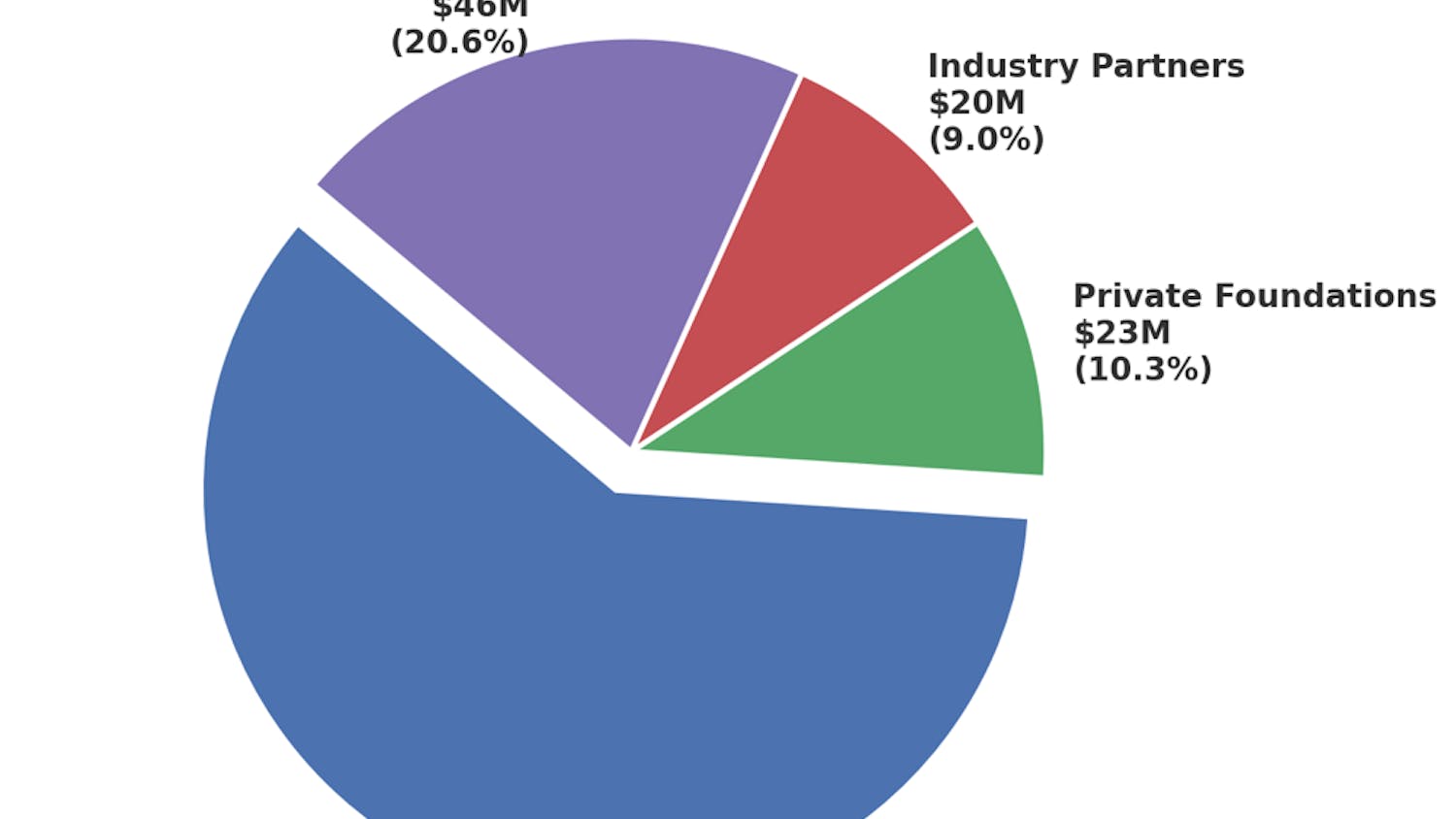Flex points. The time and time again coveted entity. Our lack of them is the number one complaint among students. Why do we have so many meal swipes but hardly any flex points? Why can’t we use a meal swipe at Au Bon Pain?
Well, buckle up folks because for the first time in the past ten years we have an actual reason for needing more flex points: inflation.
Unless you’ve been living under a rock, you know that since the 2020 Covid-19 pandemic, world market prices have skyrocketed for basic goods. Egg prices surpassed $3 for only the second time in history as of 2022. Bread prices are up 18 percent from pre-pandemic times.
Food prices at restaurants have soared as a result of the increase in ingredient cost. The price of a Chick Fil A sandwich has gone up by 17% since July 2020, and on top of that, campus prices for fast-food chains are notorious for being significantly higher than they are off-campus.
It is shocking that in light of these steadily increasing prices, the amount of flex points designated to each student has remained unchanged since before the pandemic. In fact, students have received the same number of flex points since as early as 2016 (the only exception being in 2017 when the dining hall was under construction). How is it possible that, while prices for meals at campus restaurants have increased by several dollars in some cases, the university has yet to provide students with additional meal funding in its default plan?
The “Block 250” plan, standard for each incoming student, provides 250 meal swipes and $500 of flex points to spend on restaurants and fast food places on campus. Over the course of 17 weeks at college, that divides out to be a little less than $30 a week. Or about two Modern Market salads. This may be sustainable for some students, but others, specifically students with dietary restrictions, this is extremely difficult. The vegan station at North Dining Hall has only three options every night, hardly adequate for a hungry college student who already may struggle to receive proper nutrition because of their diet.
The dining hall is not always the most convenient. Sometimes, with a night of studying ahead, it’s more efficient to grab a salad or sandwich than to trek to the dining hall and wait in line for the night’s special. Flex points are a much needed safety net for when life becomes hectic or when dining hall food just isn’t calling our names.
I do not mean to be unreasonable; I do not fault Notre Dame for doing what other college campuses are and attempting to save money after a strenuous period caused by the pandemic. However, the increase in the price of tuition would indicate that the University already has the adequate resources to recover from any financial injury that the pandemic would have induced.
The rise in prices at restaurants on campus was no small thing, and Notre Dame has a duty to respond to this. It is Notre Dame’s responsibility to compensate for the recent rise in prices with the proper rise in flex points. It is simply not fair for current Notre Dame students to have their food accommodations significantly diminished from what they were in years past. An increase in flex points is long overdue. One would think that with the time we’ve had to recover from the pandemic the school would have taken the proper measures to provide students with this. However, since this is clearly not the case, we must call attention to this issue and demand the proper compensation that students deserve for their food needs.
You can contact Jane at jmille95@nd.edu.
The views expressed in this Inside Column are those of the author and not necessarily those of The Observer.









